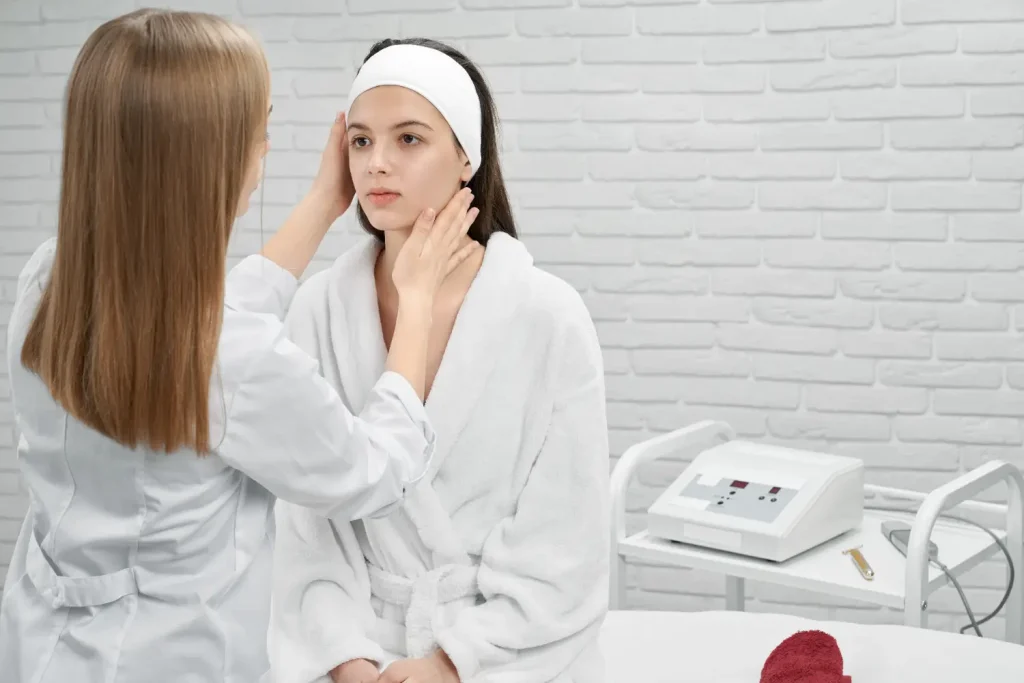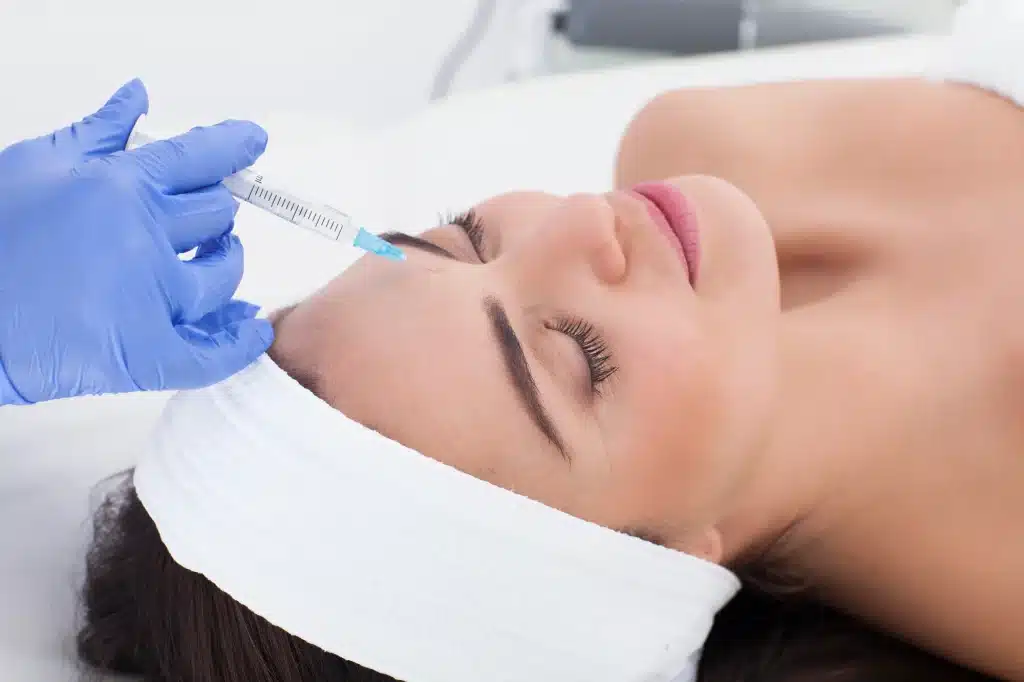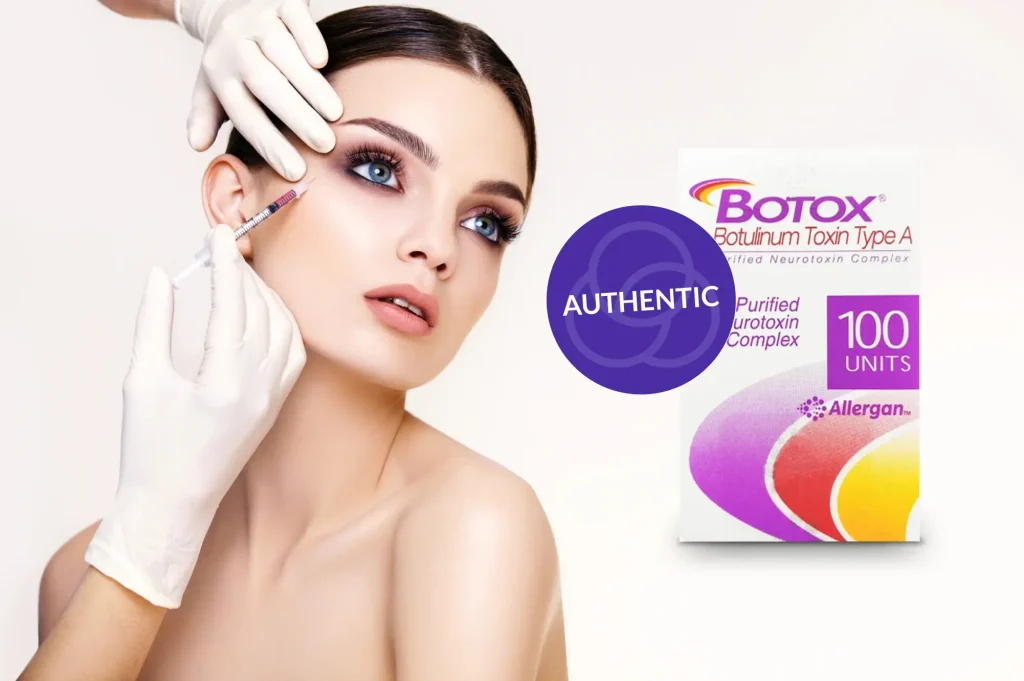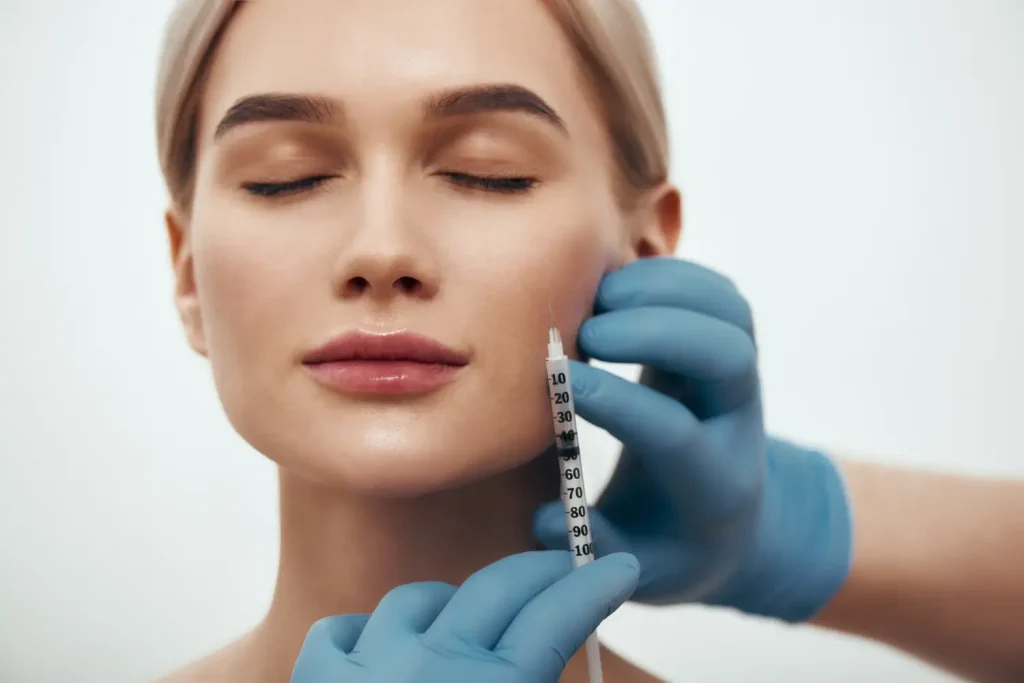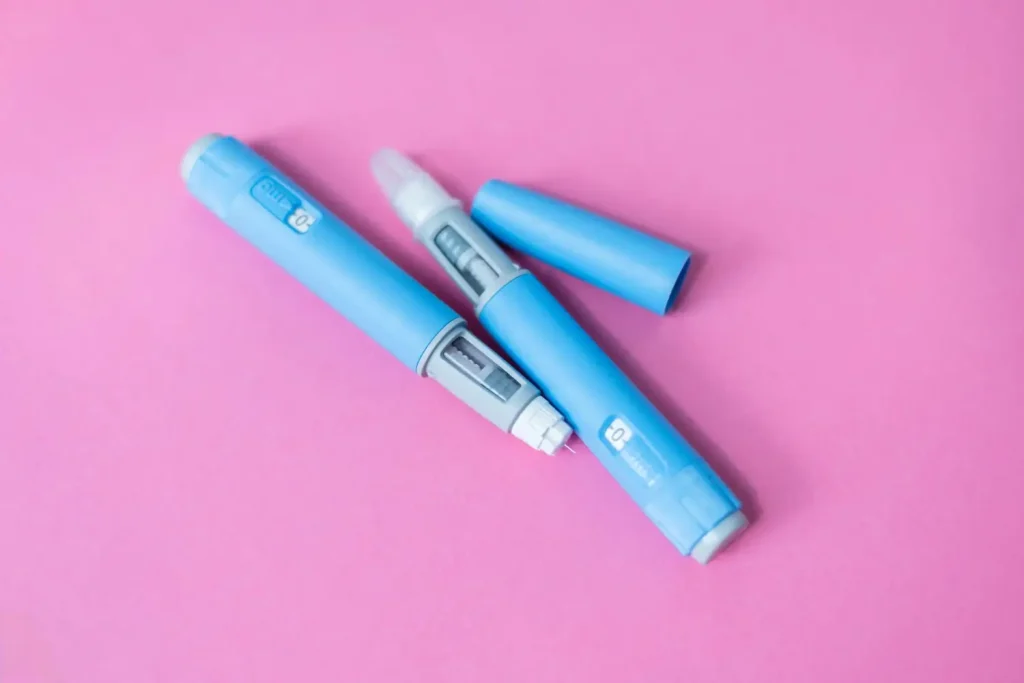Dermal fillers have gained immense popularity for their ability to rejuvenate the skin and reduce signs of aging. According to experts, hyaluronic acid-based dermal fillers, like VOM Fillers, have shown high efficacy and safety in routine practice, with 93.9% of treatments providing improvement at three months.
VOM is a unique brand of hyaluronic acid-based dermal fillers known for their advanced formulations that promise natural-looking results. These fillers are commonly used to enhance facial features and address signs of aging.
This article will provide a comprehensive overview of VOM Filler, focusing on its side effects, safety profile, and what patients can expect during and after treatment.
Key Takeaways
- VOM Fillers are hyaluronic acid-based injectables designed to enhance facial features and address signs of aging with natural-looking results.
- Common side effects include swelling, redness, bruising, and temporary sensitivity, which typically subside within a few days.
- Less common side effects, such as allergic reactions, lumps, or infection, can occur but are rare with proper technique and aftercare.
- Effective management of side effects involves skilled injection techniques, clear post-treatment instructions, and regular follow-up consultations.
- These treatments require precision to achieve natural results and minimize risks.
About: Medical Spa RX provides medical practices with premium products at the best prices. If you’re looking to buy VOM Filler for your practice, the sales representatives at Medical Spa RX can give you guidance.
Common Side Effects of VOM Filler
Like most dermal fillers, VOM Filler treatments may cause mild and temporary side effects. Swelling around the injection site is one of the most commonly reported reactions, subsiding within a few days. Similarly, redness and bruising can appear but typically resolve quickly with proper aftercare.
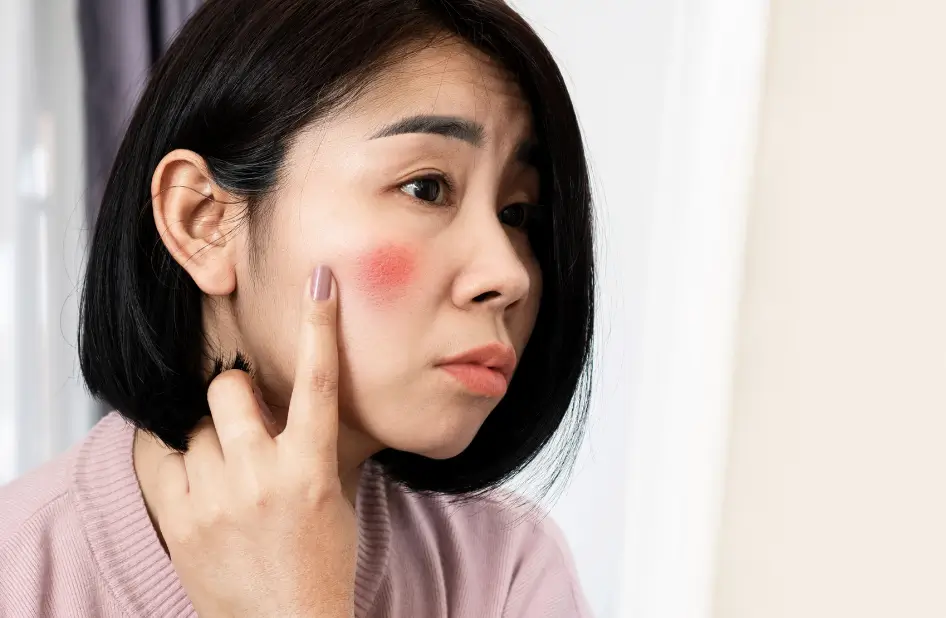
Patients might also experience temporary numbness or sensitivity in the treated area due to the filler’s interaction with nerve endings. This sensation usually fades within a few hours to days. Additionally, some individuals report mild itching or discomfort shortly after the procedure, which can be managed with topical creams or cold compresses.
While these side effects are generally minor and short-lived, discussing them during the consultation can help set realistic expectations and ensure patient confidence in the treatment.
Less Common Side Effects of VOM Filler
Though rare, VOM Fillers may cause less common side effects that patients and practitioners should be aware of. Allergic reactions, while infrequent, can occur due to hypersensitivity to hyaluronic acid or other components in the filler. Symptoms may include itching, redness, or swelling beyond the injection site, and immediate medical attention is recommended if these occur.
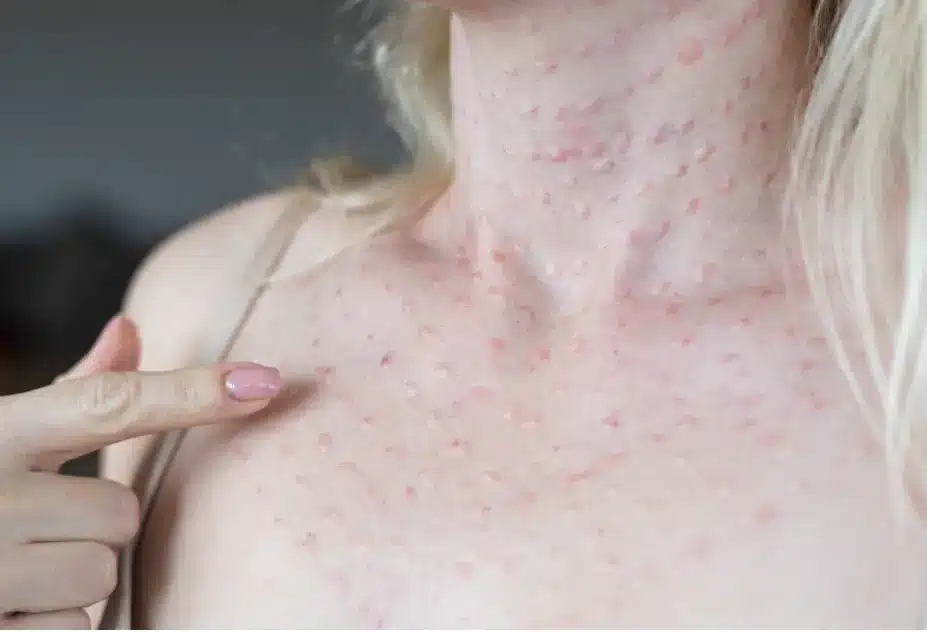
Another potential complication is the formation of lumps or granulomas beneath the skin. These are typically caused by uneven filler distribution or the body’s immune response to the injectable material. Proper injection techniques and choosing an experienced practitioner can significantly reduce this risk.
There is also a small risk of infection following the procedure. Signs of infection include redness, warmth, tenderness, and pus at the injection site. Strict hygiene practices and aftercare instructions are essential to minimize this possibility. Patients should promptly contact their healthcare provider if they notice any concerning symptoms.
Managing VOM Filler Side Effects
Effective management of VOM Filler side effects begins with proper injection techniques. Practitioners must be well-trained and knowledgeable about facial anatomy to ensure precise filler placement.
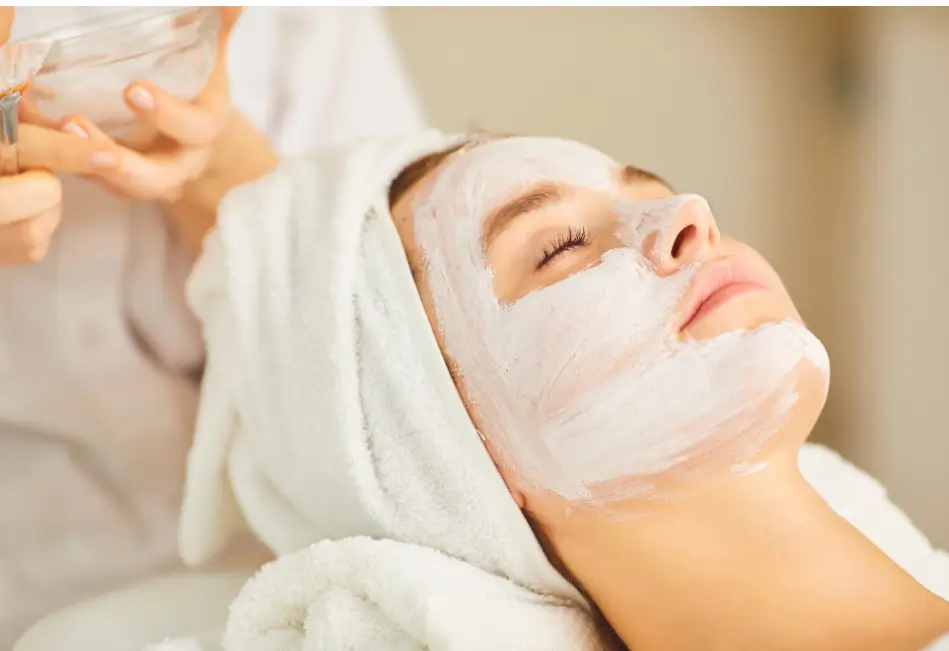
Using the appropriate amount of product and injecting it at the correct depth reduces the likelihood of lumps, uneven results, or excessive swelling. This is particularly important in treatments like VOM Fillers for nose, where precision is critical for achieving natural-looking results without complications.
Post-treatment care is equally important in minimizing side effects. Patients should be advised to avoid strenuous activities, excessive heat, and sun exposure for at least 24–48 hours after the procedure. Applying cold compresses can help reduce swelling and bruising, while over-the-counter pain relievers may alleviate mild discomfort.
Educating patients about what to expect after treatment fosters realistic expectations and helps them differentiate between normal reactions and potential complications. Clear aftercare instructions and encouraging open communication ensure patients feel confident and supported throughout their recovery. Regular follow-up appointments allow practitioners to monitor healing and address any concerns promptly.
Conclusion
VOM Fillers offer a safe and effective solution for facial rejuvenation, but understanding potential side effects is essential for both patients and practitioners. Common reactions like swelling and bruising are typically mild and temporary, while less common complications can often be avoided through proper care and expertise.
By following best practices and tailoring treatments to individual needs, VOM Fillers can provide satisfying, natural-looking results that enhance confidence and appearance.
FAQs
1. What areas can be treated with VOM Fillers?
VOM Fillers are often used on the face, including the cheeks, lips, nasolabial folds, and under-eye areas.
2. How long do the results last?
Results typically last 6 to 12 months, depending on the area treated and individual factors like skin type.
3. Is there any downtime after the procedure?
Minimal downtime is needed. Some swelling or bruising may occur, but these effects usually resolve within a few days.
4. Are VOM Fillers painful?
Some discomfort may be felt during the injection, but most patients find the procedure tolerable. Local anesthesia or numbing cream is often used.
References
Bhojani-Lynch T, Deckers A, Ohanes O, Poupard K, Maffert P. A Prospective, Observational Registry Study to Evaluate Effectiveness and Safety of Hyaluronic Acid-Based Dermal Fillers in Routine Practice: Interim Analysis Results with One Year of Subject Follow-Up. Clinical Cosmetic and Investigational Dermatology. 2021;Volume 14:1685-1695. doi:10.2147/ccid.s329415
Christiano D. Side Effects of Facial Fillers. Healthline. Published August 6, 2018. https://www.healthline.com/health/facial-fillers-side-effects
Hong GW, Hu H, Chang K, et al. Review of the Adverse Effects Associated with Dermal Filler Treatments: Part I Nodules, Granuloma, and Migration. Diagnostics. 2024;14(15):1640-1640. doi:https://doi.org/10.3390/diagnostics14151640




